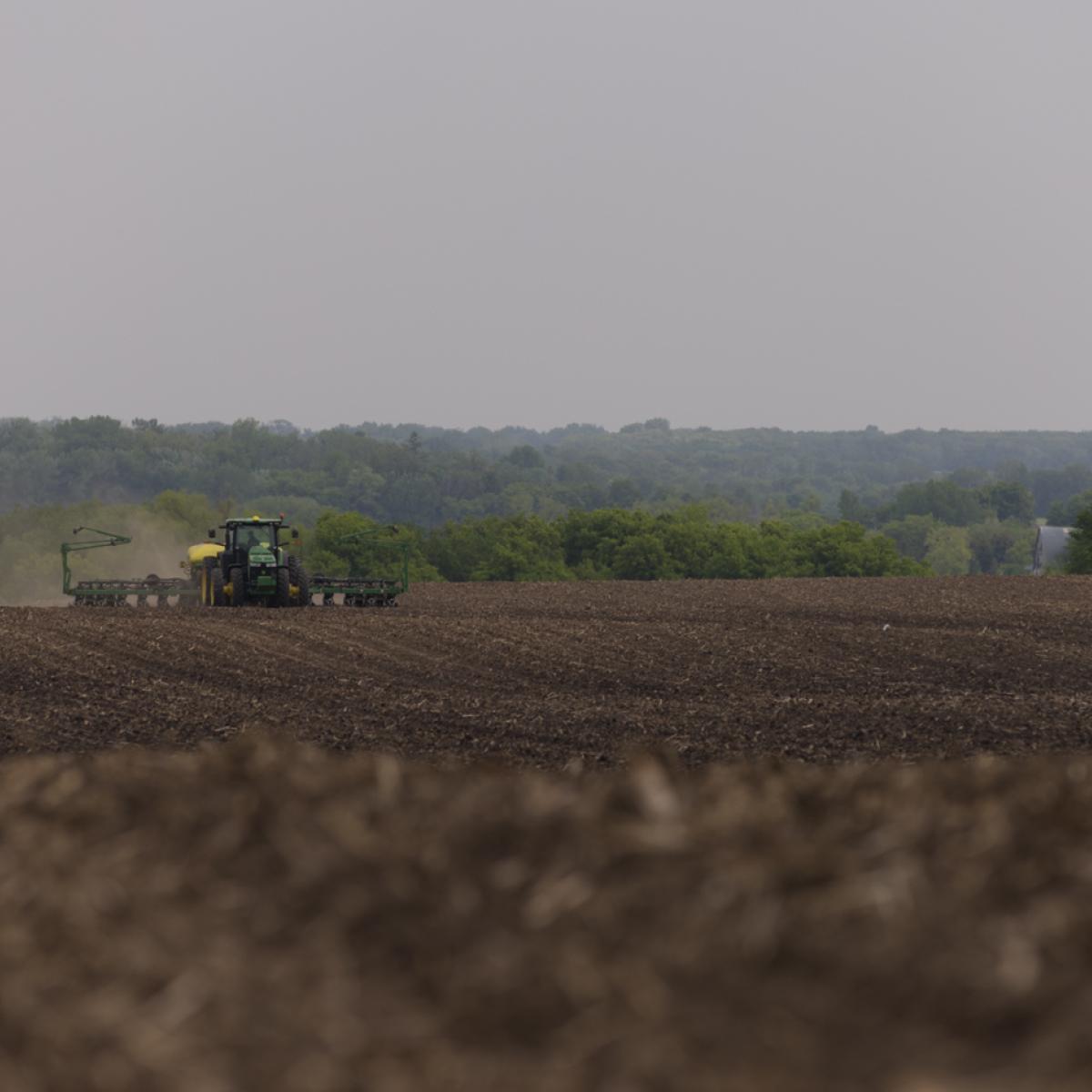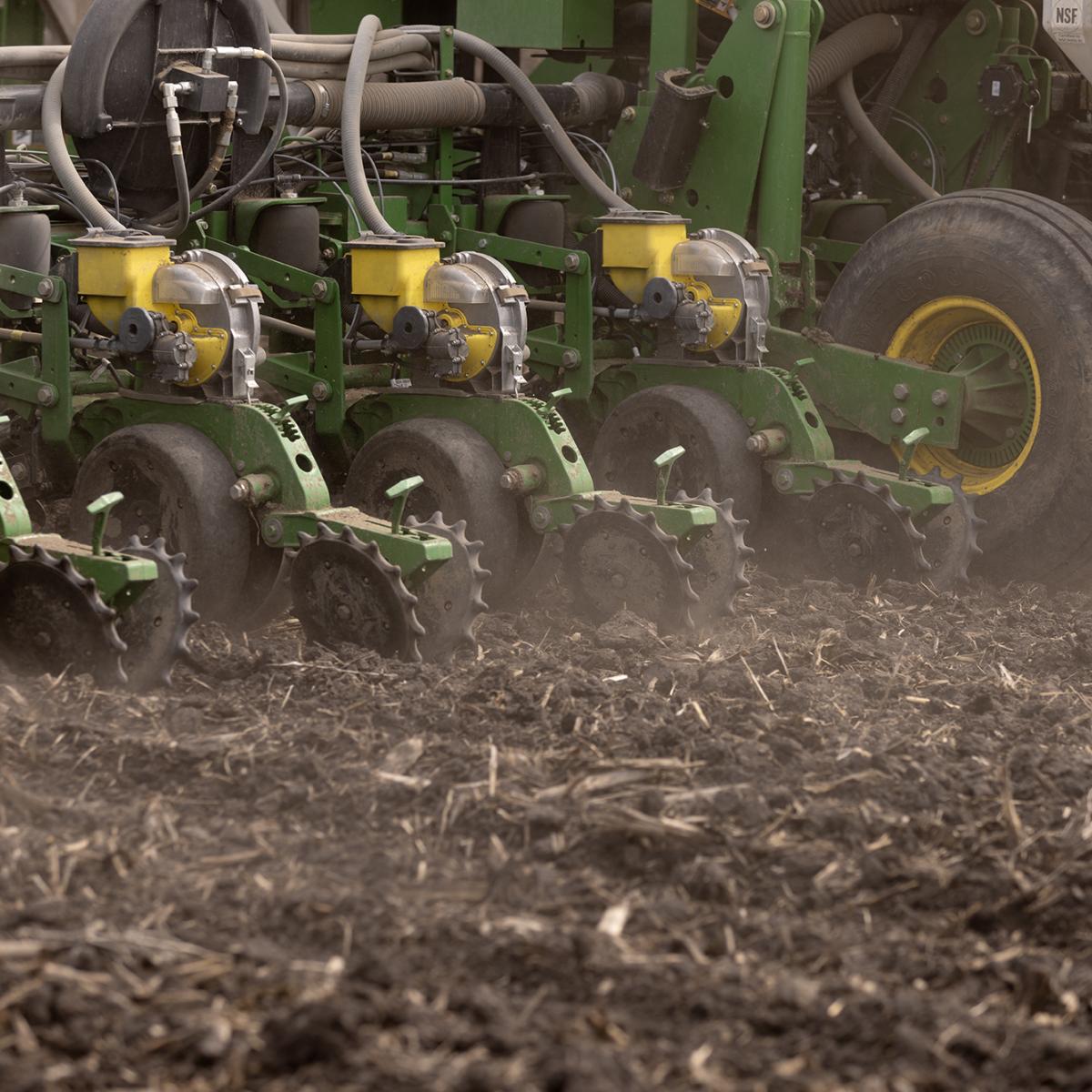
Am I A Fit? Knowing If You Have What It Takes for At-Plant.

At-Plant isn’t a one-piece management approach. It’s a multifaceted integrated concept that includes elements ranging from seed and crop protection to the liquid application system on the planter.
Components of an At-Plant strategy are already in play on many corn and soybean growers’ operations. But what does it take to go all-in to help maximize that planting pass to its full potential?
There are several questions a grower should ask themselves to determine their fit test for an At-Plant plan on their farm.
#1 – Equipment check: Is everything in place?
A grower’s equipment, planter and/or planter setup is the most important piece in an At-Plant plan. Without the proper setup, the At-Plant approach is null.
If a planter is already equipped with a liquid application system, the planter is ready, minus a few nozzle additions. In the situation where a planter doesn’t have a liquid application system and a grower doesn’t want to purchase a new planter, there are alternative and cost-effective solutions from after-market manufacturers to ensure At-Plant capabilities. Growers can also explore the addition of a 3RIVE 3D® application system, from FMC, to apply At-Plant crop protection.
#2 – What do you want to accomplish?
Do you want bigger yields or more control over applications and inputs? If it’s both, At-Plant is a fit.
Pushing yields higher requires a significant mindset shift toward more proactive and holistic planning. And, at times, an increased input investment up-front. Instead of stacking traits, growers must stack management practices. This requires selecting solutions, like At-Plant, that lay the groundwork for a successful season. An At-Plant strategy helps generate crop physiology benefits and defend against mid- to late-season pests and diseases, starting day one. By building a stronger, more resilient crop from the start, growers are better suited to help maximize their yield potential throughout the growing season.
The other side of the At-Plant coin is control. Growers want a better handle on the solutions they’re bringing to their fields while garnering flexibility. Certain At-Plant inputs, like fungicides and insecticides, give growers better control over in-season applications for foliar diseases – gray leaf spot, Northern corn leaf blight – and insects including corn rootworm. With a layer of protection already in place, growers have a leg up on these potential challenges with proactive control. If the problems increase or reach epidemic levels requiring additional foliar control, they have a level of residual activity working in the plant, giving them the flexibility to better time their foliar applications.
Always read and follow all label directions, precautions and restrictions for use. Some products may not be registered for sale or use in all states. FMC, the FMC logo and 3RIVE 3D are trademarks of FMC Corporation or an affiliate. ©2023 FMC Corporation. All rights reserved.


